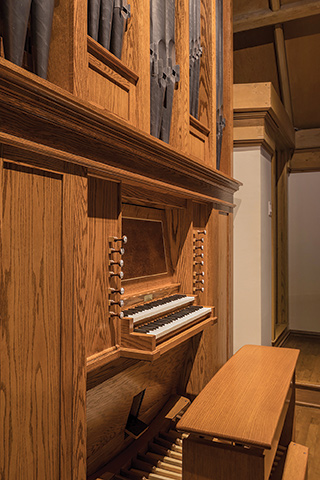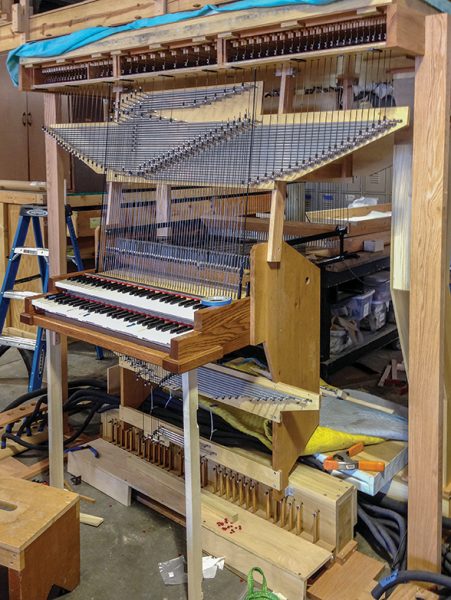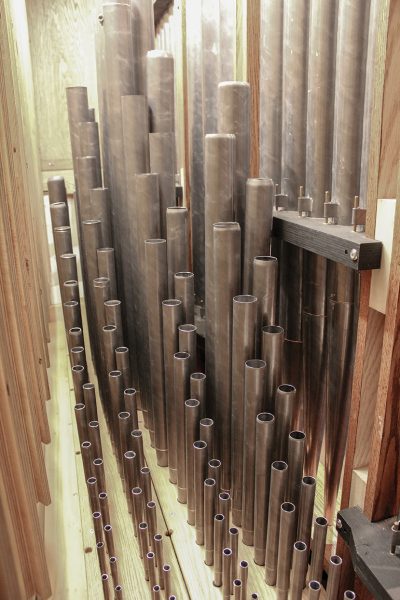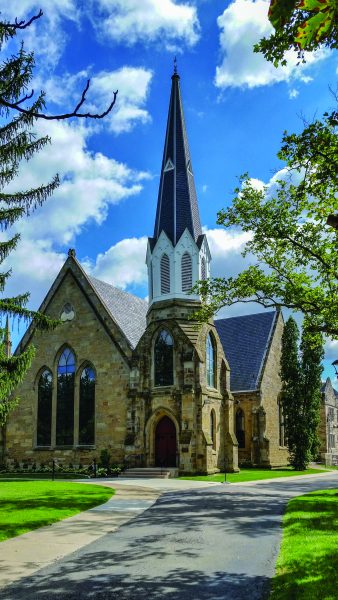A select few individuals, through some mixture of talent, effort, teaching pedigree, smart career formation, and just plain luck advance to careers largely centered on concert performance. How are these virtuoso personalities “made”? A handful of young but established artists disclose their own routes to virtuosity, the joys and frustrations of the performing life, and the everyday work of making music on stage.
Read the third volume of the AGO Monograph Series, written by Haig Mardirosian.
 Sewickley Presbyterian Church
Sewickley Presbyterian Church During the academic year, traditional worship services are conducted in the chapel each Sunday. A small group of singers or an instrumental soloist joins the organist in the balcony from time to time. The chapel is also used for small
During the academic year, traditional worship services are conducted in the chapel each Sunday. A small group of singers or an instrumental soloist joins the organist in the balcony from time to time. The chapel is also used for small


